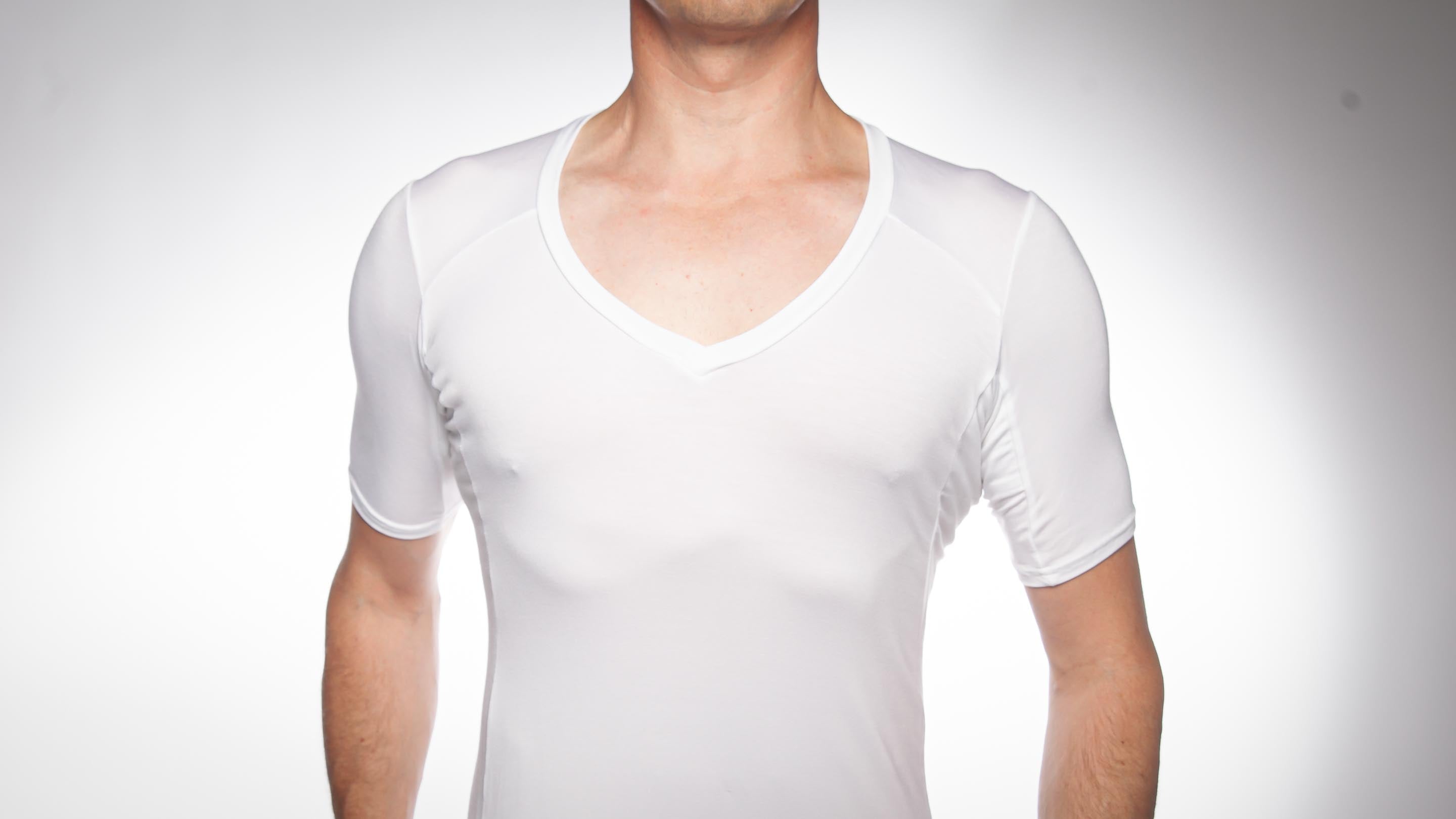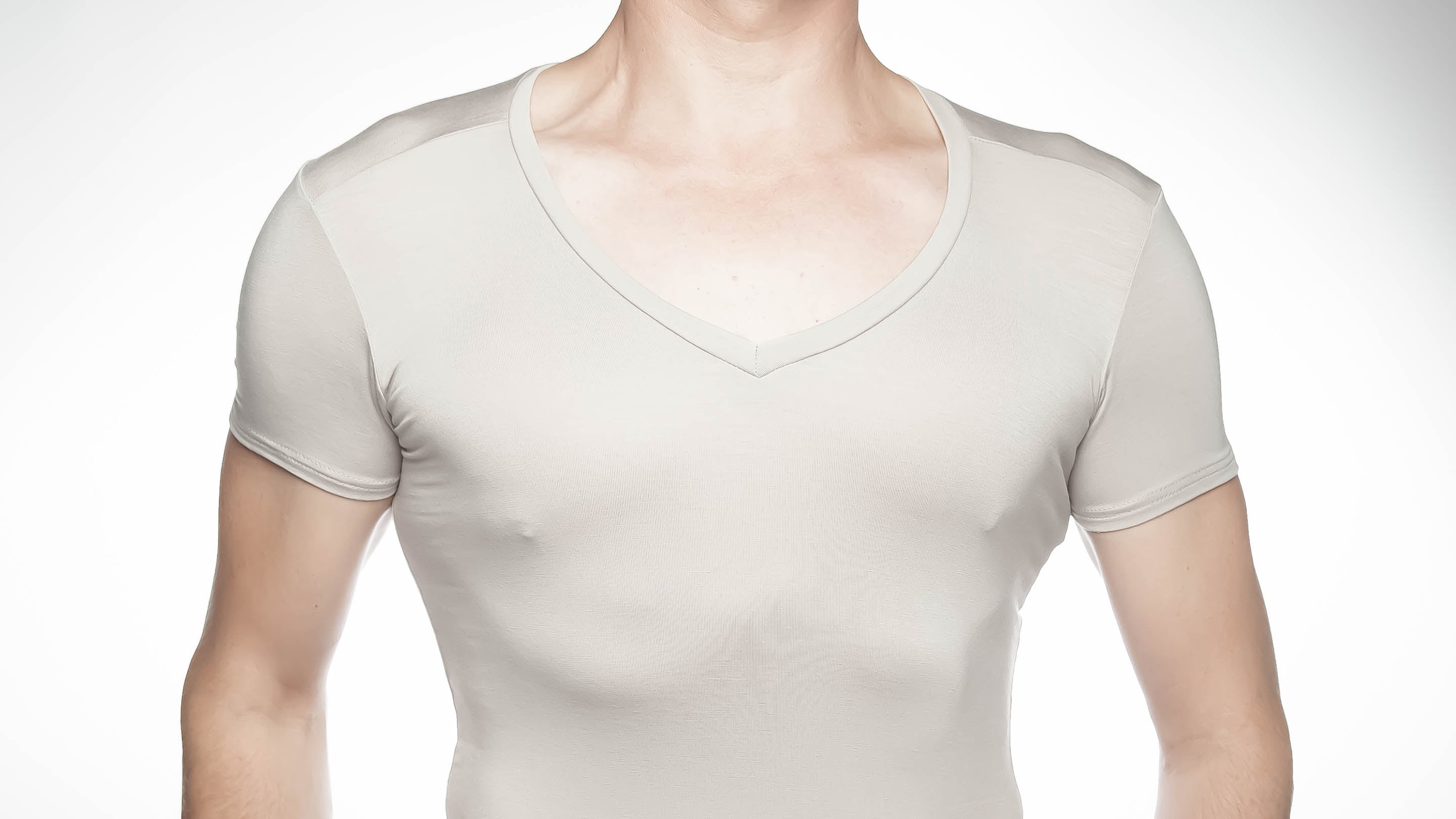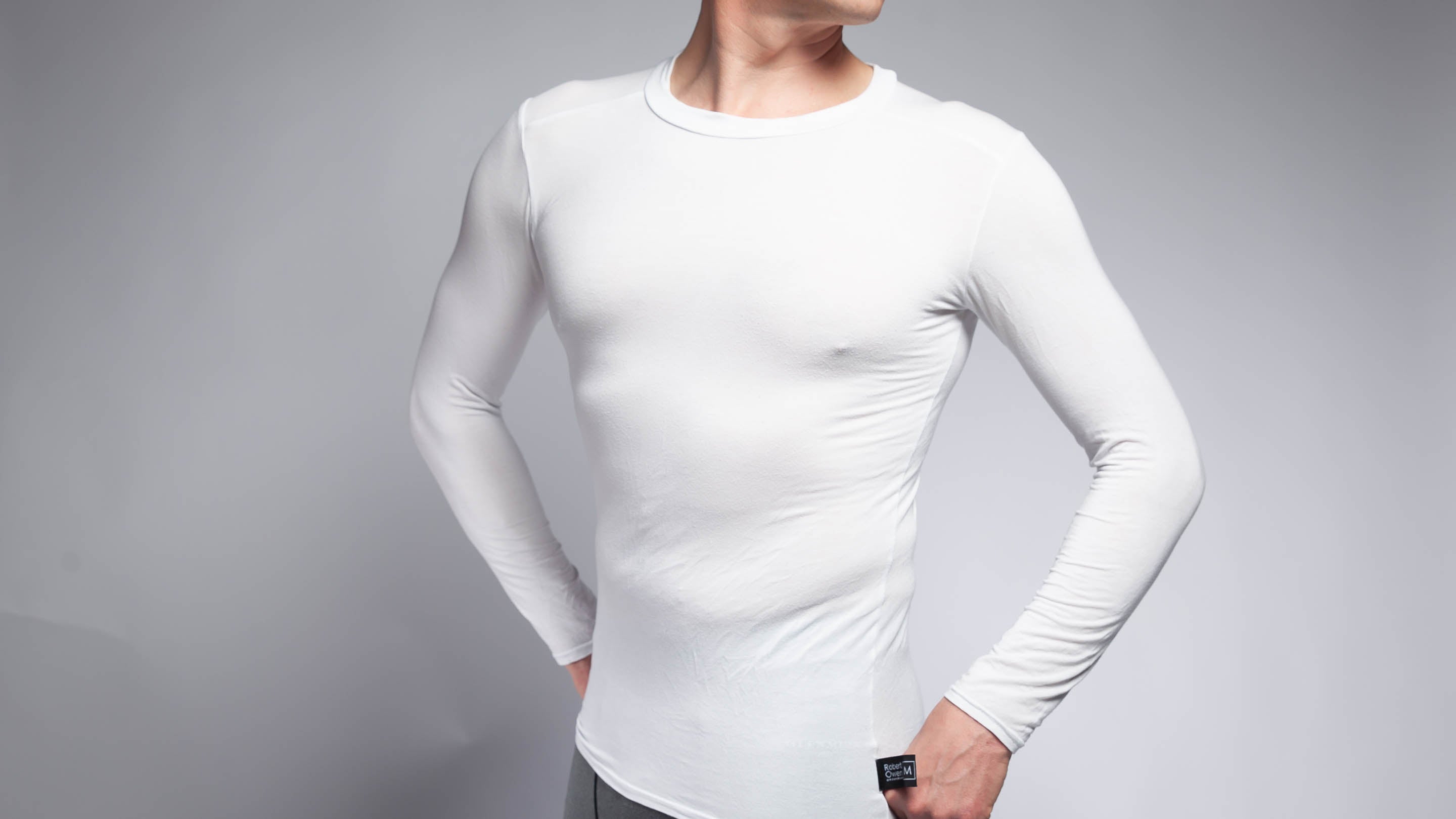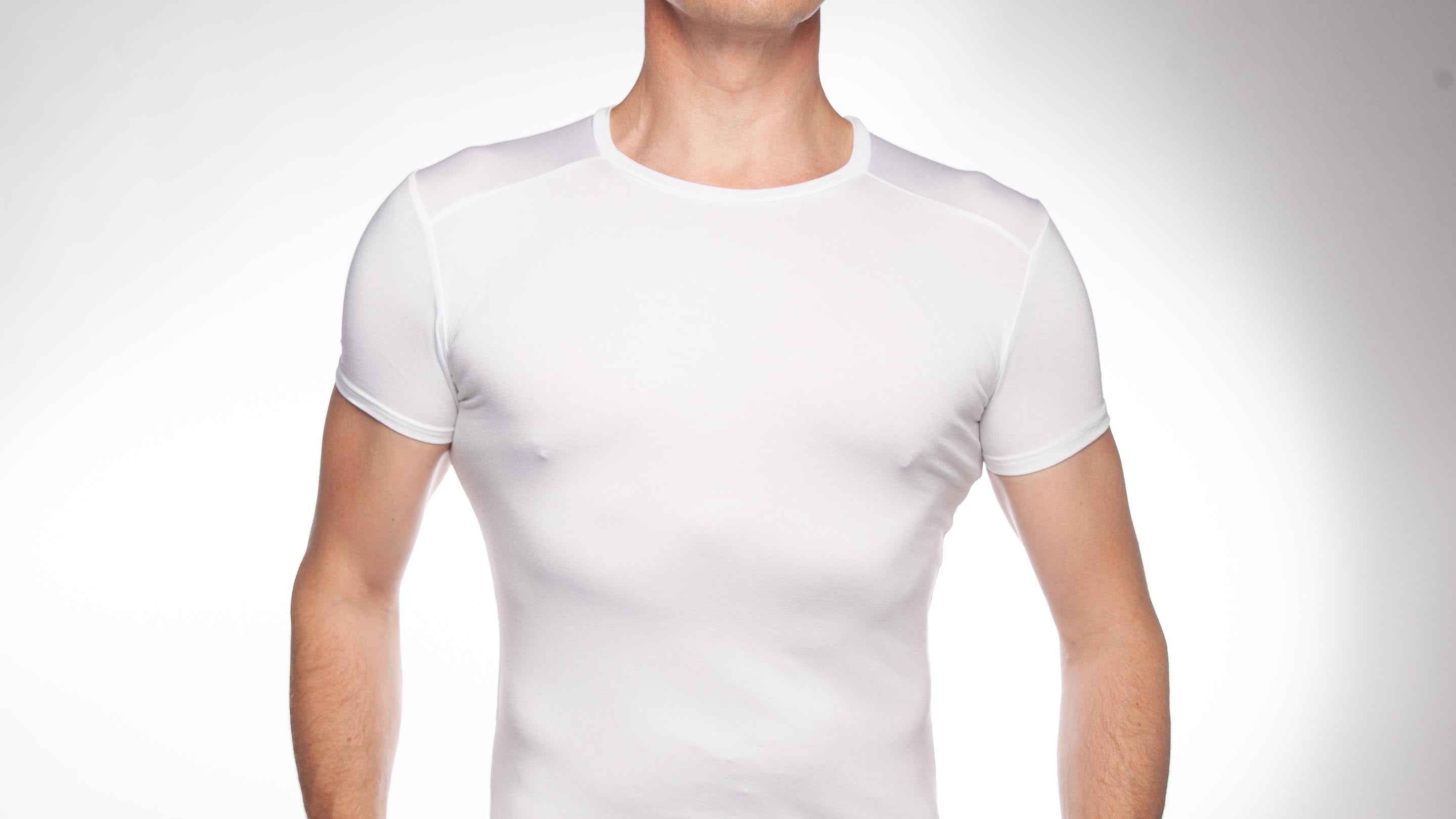How is an undershirt different to a vest?
In the last week, I have had three people who are attempting to understand our product exclaim "... but isn't it just a vest?"
This makes me want to sigh, but let's face it, how many of us know the difference? It's only apparent to me because a lot of my life is about the updated, modernised, vest, which, actually, isn't a vest at all!
(Well, yes, ok. It is a bit like a vest)
Starting with the basics.
What is the difference between an undershirt and a vest?
Definitions from Wikipedia (the font of all modern-day knowledge)
Definition of a vest
A vest is a sleeveless garment covering the upper body.
Definition of an undershirt
An undershirt is an article of underwear worn underneath a dress shirt intended to protect it from body sweat and odours. Alternatively, it may be worn to protect the body from stiff or otherwise uncomfortable fabric that a person may be required to wear (such as a mandatory work uniform). It can have short sleeves or be sleeveless. The term most commonly refers to upper-body wear worn by males. This article of clothing typically has a low, round neckline that can be worn for athletic purposes.
So, by definition, there is a difference. An undershirt could be a vest if it's sleeveless, but a vest could not always be an undershirt.
Why wear an undershirt and why it's better than a vest
1. Warmth in winter
Vests, being sleeveless, will help with providing a bit of heat around your torso, however, being sleeveless that's where the warmth benefit stops. On a cold winters day sleeves, short or long, go much further to help keep the cold air out and the warm air in.
2. Coolness in summer
It's slightly counter-intuitive to put an extra layer on to keep from overheating, but in hot climates, it is often customary. Why? Because it keeps you cooler (if it's made from the right fabric). A moisture absorbing fabric captures your sweat and then slowly releases it. This has a cooling effect overall. As we tend to sweat most from our underarms, an undershirt with sleeves will keep you fresher than a vest. Cool huh?
3. Protecting your clothing
Undershirts help prevent your shirts or jumpers from underarm stains caused by sweat or deodorants. They do this because they have sleeves. The area under the arm can absorb these substances. Vests (by definition) do not have sleeves, so your sweat or deodorant has a direct bee-line to your shirt or jumper.
Undershirts (good ones) are made from sweat absorbing materials, so the fabric is designed to catch your sweat before it goes through to your shirt. The sweat will gradually evaporate from your undershirt so (except for heavy sweating) you will feel dry.
4. Having a comfortable layer against your skin
Both vests and undershirts can be comfortable against your skin, so long as they are made from soft materials. Most vests (especially the cheap 3 packs) are made from cheap cotton, which hardens with repeated washing. This means they can get scratchy. Good undershirts are made from blends of materials (often with no cotton), and this helps the fabric to stay soft.
As well as the above, undershirts look better as they are designed not to be seen. Vests tend to show when worn beneath shirts. I'm sure you can visualise someone wearing a vest where you can see the underarm and neck area showing through.
However, a well-designed undershirt which has been selected to coordinate with your look won't show, and even if it does, it will appear to be part of your look. Wear the right style of undershirt for your style. Wear a crew neck undershirt with a tie, or a deep v neck with an open shirt. Where possible match your undershirt to your skin colour, or your shirt colour to avoid it being noticed too much.
When a vest is better - when the garment gets a big thumbs up!On sunny days a vest is a must. When you are outside or doing a sporting activity, vests work. Wear a sleeveless garment on a warm day, in the sun, arms bare!
For those of you in great shape, a vest will show off well-honed muscles in (or out of) the gym. In which case DO NOT wear it under a shirt.
So, next time I get asked "isn't it just a vest?" ... my response will be a simple "no".





